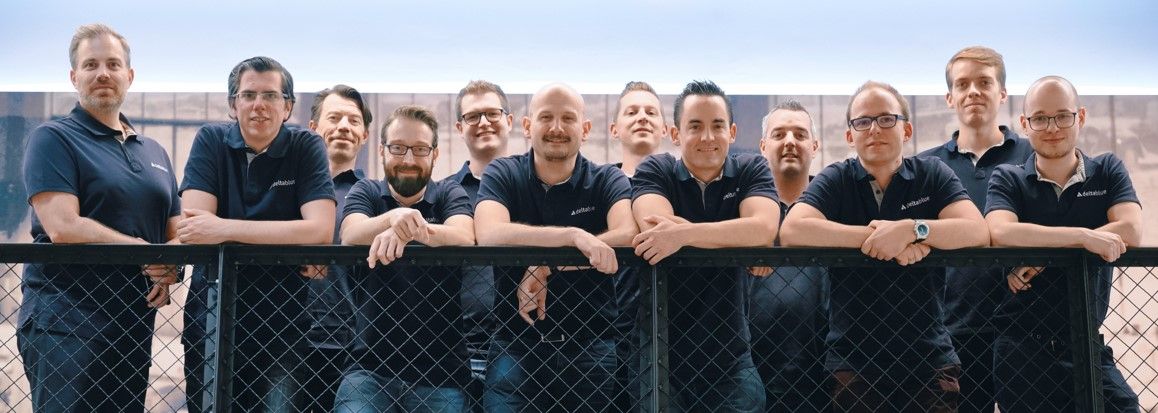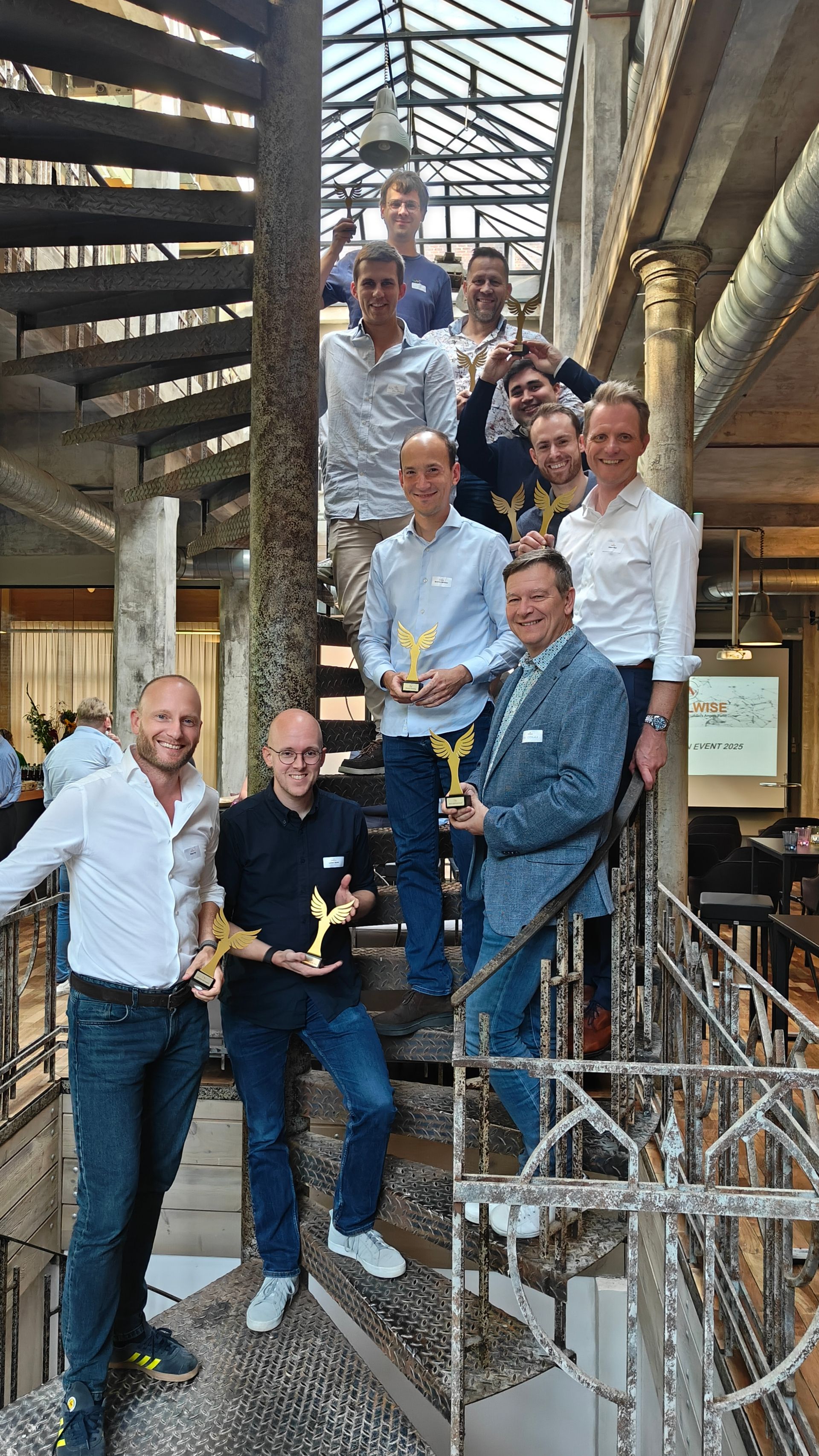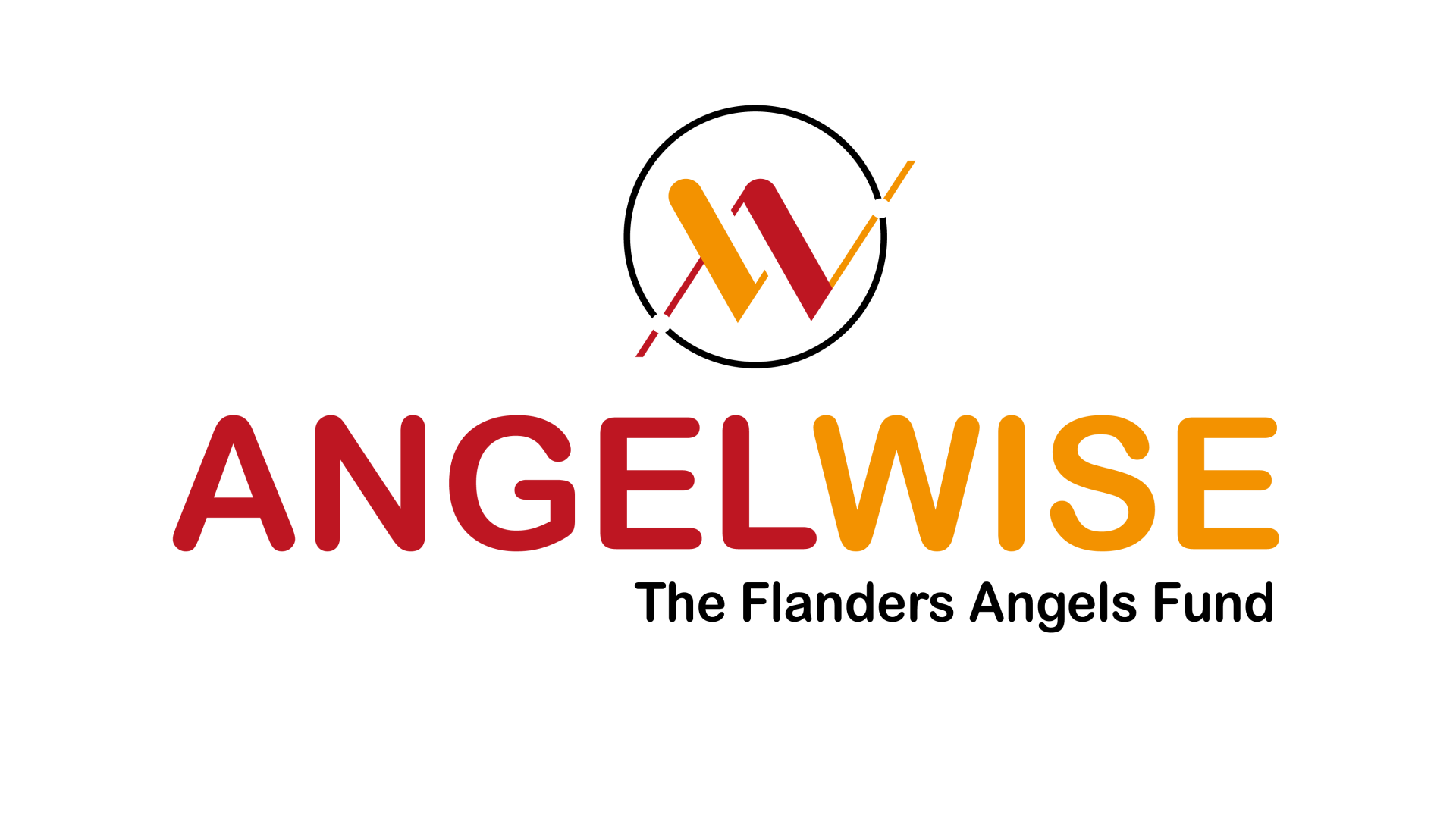16 juli 2025
DeltaBlue haalt 3,3 miljoen euro op om commerciële expansie in Europa te versnellen Hasselt , 19 Juni 2025 – DeltaBlue, onafhankelijke Belgische aanbieder van hybride cloud infrastructuur en managed services, haalt 3,3 miljoen euro groeikapitaal op. De kapitaalronde werd onderschreven door het eigen management, bestaande aandeelhouders en nieuwe investeerders zoals de Limburgse investeringsmaatschappij LRM, Angelwise, de broers Schaefer, ervaren ondernemers in technologie en e-commerce. DeltaBlue, gelegen op de Hasseltse Corda Campus, helpt bedrijven hun cloudreis te vereenvoudigen. Zo maakt het met haar krachtig platform cloud-native beheer sneller, slimmer en efficiënter. Dat maakt van hen een interessante partner voor (digitale) agentschappen, applicatiebouwers en MSP’s (Managed Services Provider). Bram Pieters, oprichter van DeltaBlue : “Voor veel organisaties is cloud infrastructuur vandaag een bottleneck. Niet alleen qua technologie, maar ook qua governance en kostenbeheersing. Met DeltaBlue bieden wij een oplossing op maat van Europese bedrijven die willen innoveren, zonder in te boeten aan controle of compliance. Zo ondersteunt ons platform bedrijven bij het sneller lanceren van digitale producten, zonder IT-complexiteit. Het is ook ideaal voor het behouden van datasoevereiniteit, want data en workloads blijven binnen de EU. Verder garanderen we met DeltaBlue een veilige, betrouwbare en voorspelbare cloud omgeving én wordt vendor lock-in verminderd dankzij open standaarden. Op die manier evolueert IT dus van een kostenpost naar een echte groeiversneller voor business.” Om haar commerciële expansie in België én Europa te versnellen, rondt het IT-bedrijf nu een kapitaalronde van 3,3 miljoen euro af. Bram: “In een tijd van snelle innovatie binnen cloud en AI is DeltaBlue uniek gepositioneerd om in Europa het verschil te maken als onafhankelijke cloud provider met betrouwbare next-gen infrastructuur. We hebben gerichte investeringen gedaan en zijn nu operationeel winstgevend. Met de kapitaalronde schakelen we een versnelling hoger in onze go-to-marketstrategie en Europese uitrol.” Gesterkt door strategische klanten Dat het innovatieve platform succesvol is, wordt alvast bevestigd door heel wat klinkende namen. “PrestaShop selecteerde exclusief DeltaBlue voor haar nieuwe Europese PaaS-aanbod. Ook Dynapps, de grootste Odoo-integrator in de Benelux en Twizzit, een SaaS-platform voor sportclubs, behoren tot ons klantenportfolio. Verder hebben we een partnership met Monotote, de AI e-commerce technologiepartner van o.a. Nike. Een andere referentie waarop we trots zijn is Take The Lead, expert in digitale transformatie”, licht Bram toe. Hybride cloud zonder compromis Samengevat zit de kracht van DeltaBlue dus in de eenvoud waarmee complexe IT-infrastructuur beheerd wordt via haar cloud platform (app.delta.blue). Voor bedrijfsleiders betekent dit: sneller op de markt, minder risico en volledige controle over digitale groei. “Bedrijven hoeven zich niet langer zorgen te maken over provisioning of complexe cloud architectuur. Ons managed cloud platform is ontworpen om IT-teams te ontlasten én bedrijfscontinuïteit te garanderen. Van ontwikkelingsomgeving tot productie, alles is veilig, schaalbaar en EU-compliant. Dankzij standaardcomponenten kunnen nieuwe producten sneller live gaan en wordt kostbare ontwikkeltijd bespaard”, aldus Bram. “We zijn verheugd DeltaBlue te kunnen ondersteunen in hun verdere groei. DeltaBlue heeft met zijn unieke technologie een mooie opportuniteit om een belangrijke speler te worden in de snelgroeiende en veranderende Cloud markt,” volgens Jan Vorstermans, Managing Partner bij Angelwise. Over DeltaBlue DeltaBlue biedt een vendor-neutrale hybride cloud infrastructuur, waarmee organisaties workloads kunnen beheren over: - on-premise omgevingen - private cloud-oplossingen - hyperscalers zoals AWS, Azure en Google Cloud - én Europese aanbieders zoals IONOS, Leaseweb, OVHcloud en UpCloud Bovendien verlaagt DeltaBlue dankzij zijn gestroomlijnde orchestration-model de operationele overhead bij het beheren en verdelen van cloud toepassingen. Zo realiseren klanten een optimale Total Cost of Operations (TCO) zonder in te boeten op flexibiliteit of veiligheid. Over LRM LRM is een rendement gedreven investeringsmaatschappij, die in en vanuit Limburg duurzame economische groei ontgint en stimuleert. LRM is de stuwende kracht in een uniek regionaal ecosysteem en stelt risicofinanciering en expertise ter beschikking aan bedrijven en projecten, die zorgen voor welvaart én welzijn in Limburg en Vlaanderen ( www.lrm.be ). Over Angelwise Angelwise is een early-stage investeringsfonds dat zich er vooral op richt om startups en jonge bedrijven maximaal te ondersteunen naar een volgende fase in hun groei, liefst samen met business angels of andere early-stage fondsen. De belangrijkste aandeelhouders van het fonds zijn PMV, COI, BAN Flanders, de fondsmanagers en meer dan tachtig business angels. Het fonds is opgericht in 2021 en heeft ca. € 20 miljoen opgehaald om een ecosysteem van bedrijven te bouwen dat de digitale transformatie van de maatschappij mee kan realiseren. Voor meer informatie, zie www.angelwise.be .





